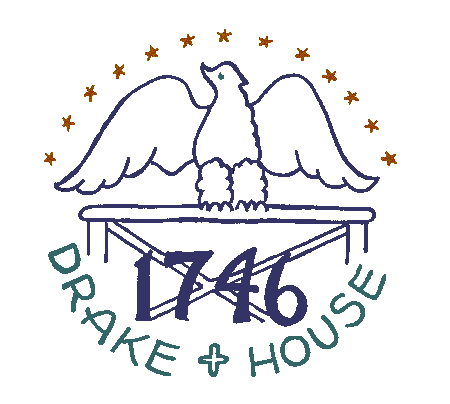 |
|||||||||||||||||
|
|
|||||||||||||||||
|
|
|||||||||||||||||
 |
|||||
From Stories of New Jersey, NJ Writers' Project, |
|||||
FOR SALE THIS ADVERTISEMENT, in a
Trenton newspaper on December 15, 1811, was similar to many notices appearing in periodicals all over New Jersey during the early 19th
century. It was no rare occurrence to have slave mothers separated from their children. It was no rare occurrence to have slaves beaten. Thousands of Negroes fled from bondage because of the harsh treatment they received or because they had a human desire for liberty. But the laws of the nation and the various states insisted that slaves were property and had to be returned to the owners.
Everyday during the early 1800's New Jersey newspapers published notices such as this: $30.00 REWARD …John Minor—Hillsborough Township, It is not known whether Major was ever returned to his master, but it is possible that some white persons, at the risk of a jail term, secretly
assisted him to escape. There were people who made a practice of forwarding slaves into freedom illegally; they shared the task of providing secret shelters, or "stations", at regular intervals for the fugitives. This
escape system was known as the "Underground Railroad", and those who led the slaves from station to station were called "conductors". In charge of every station was another trusted accomplice the "Agent". As early
as 1810, the Underground Railroad was doing a thriving business, but slaves had been fleeing from the time they were first brought to Virginia in 1619. By 1640, the Dutch and the English in America had agreed to
return each other's escaped slaves. One of the purposes of the New England Confederation in 1643 was to arrange for an exchange of the fugitives. This action could not stop escapes, however, since there were always
places to hide and persons willing to aid runaway slaves. During the Revolutionary War some slaves found liberty with the British in New York. Others joined robber bands that terrorized farm districts on the edge of
the Pine Barrens and other forest regions. Still others escaped to the Ramapo Hills in the northernmost part of the state and there mingled with Indians, deserting Hessian soldiers, Tory refugees and other outlaws.
Slaves were first recorded in New Jersey in 1680, when there were 60 or 70 on a plantation at Shrewsbury. Later slave ships were calling at Camden and Perth Amboy, and in 1762, slaves were still being sold on the block
at Camden. At Perth Amboy in 1776, there was but one household employing free white servants. Somerset County, in 1790, averaged one slave to every six free persons, and by 1800 the same average prevailed in Bergen
County. There were then 12,422 slaves in New Jersey. With the exception of New York, no state north of the Mason and Dixon Line had so large a slave population. But, during the years that slavery was growing in New
Jersey there was also springing up a movement against it. This was particularly strong among the Quakers. In two letters, written in 1786, George Washington pointed out the existence of systematic attempts to aid and
protect fugitive slaves in western New Jersey and Pennsylvania. Washington, a slaveholder who advocated the gradual abolition of slavery, wrote that it was not easy to capture fugitives "where there are numbers who
would rather facilitate the escape of slaves than apprehend them when runaways". |
|||||
Contents of any advertisements associated with this page are NOT endorsed in any way by |
|||||